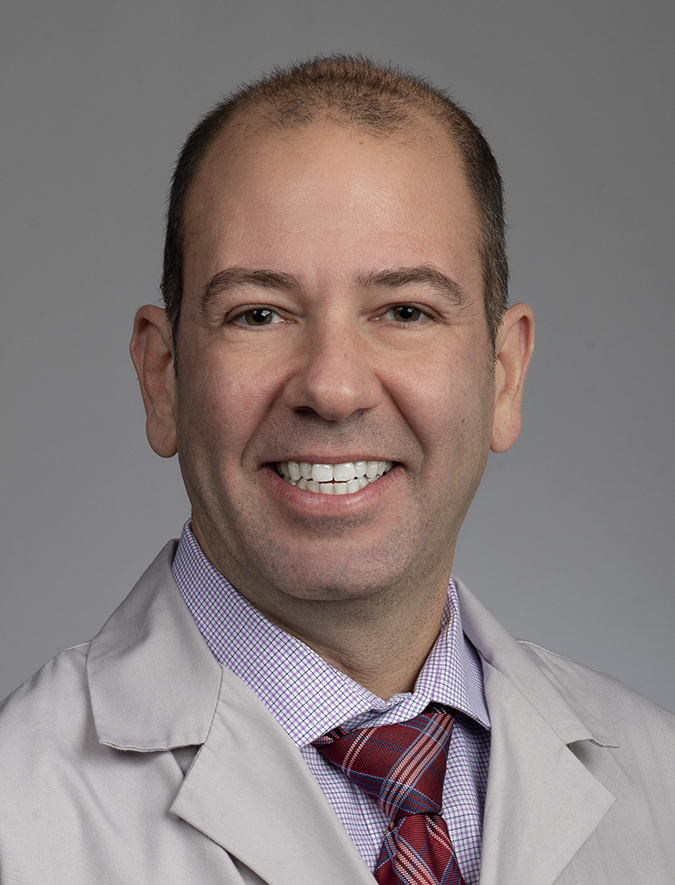The Effect of Smoking Status on Perioperative Morbidity and Mortality after Open and Endovascular Abdominal Aortic Aneurysm Repair. Journal Article
Local Library Link: Find It @ Loyola
| Authors: | Peterson, L; Schweitzer, G; Simone, A; Zielke, T; DeJong, M; Penton, A; Blecha, M |
| Article Title: | The Effect of Smoking Status on Perioperative Morbidity and Mortality after Open and Endovascular Abdominal Aortic Aneurysm Repair. |
| Abstract: | OBJECTIVES: This study quantifies the extent to which active tobacco smoking is deleterious towards outcomes following open and endovascular AAA repair. METHODS: Open and endovascular abdominal aortic aneurysm (AAA) repairs between January 2003 and June 2020 in the Vascular Quality Initiative (VQI) were queried. Rupture, symptomatic status, and lack of 90 day follow up were exclusions. Patients were then placed into one of six groups : open AAA with active smoking (n=3788); open AAA with prior smoking (n=4614); open AAA never smokers (817); endovascular AAA active smokers (n=14173); endovascular AAA former smokers (n=25,831); and, endovascular AAA never smokers (n=6064). Comparison of baseline characteristics, co-morbidities, and adverse outcomes across each of the 6 cohorts was performed with open AAA in active smokers serving as the reference. Sub-analysis investigating open AAA repair in active smokers relative to open AAA in patients confirmed in VQI to have quit smoking between 30 and 90 days before surgery was performed. Smoking cessation for a minimum of 30 days before surgery was required to fall into the former smoker category. RESULTS: In comparing open AAA in active smokers to open AAA in former and never smokers, the active smokers experienced significantly higher rates of pneumonia (P.001). Combined additive morbidity and mortality was highest (54%) in active smokers (P.001 relative to all cohorts other than open AAA former smokers P=.21). Smoking status did not impact morbidity or mortality incidence across individuals undergoing EVAR. Binary logistic regression for all AAA patients (open and endovascular combined) revealed those with any history of smoking to be more likely to experience 90 day mortality (adjusted OR 2.5 (2.2-2.9), P.001) relative to never-smokers. Active smokers were similarly more likely to experience 90 day mortality than prior/never smokers combined (OR 1.23 (1.07-1.38), P.001). Mortality within 90 days was significantly more likely (P.001) with aging, female gender, larger aneurysms, preoperative history of congestive heart failure, chronic obstructive pulmonary disease, chronic renal insufficiency, peripheral artery disease, body mass index under 20 and over 35 mg/kg. Diabetes and coronary artery disease were also associated with 90 day mortality (P= .045 and .049 respectively). Quitting smoking between 30 and 90 days before open repair reduced combined additive morbidity and mortality relative to active smokers (OR 1.34, P =.038). CONCLUSIONS: Smoking cessation 30 days before open AAA repair reduces perioperative morbidity and mortality. Smoking status does not impact morbidity and mortality in patients undergoing endovascular AAA repair. When combining all patients (open and endovascular), higher rates of 90 day mortality are associated with any history of smoking, aging, female gender and advanced pre-existing co-morbidities on multivariable analysis. |
| Journal Title: | Annals of Vascular Surgery |
| ISSN: | 1615-5947; 0890-5096 |
| Publisher: | Unknown |
| Date Published: | 2022 |
LUC Authors
-
 22
22Blecha
Related LUC Article
